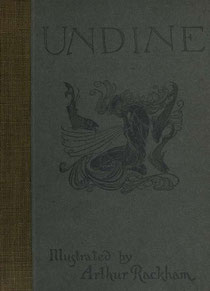
Undine was one of the most popular stories in 19th century. It was written by Friedrich de la Motte Fouque and inspired Hans Christian Andersen's Little Mermaid.
It was also adapted to opera, first by Ernst Theodor Wilhelm Hoffmann (libretto written by de la Motte Fouque), and later by many others, including Pyotr Ilyich Tchaikovsky.
The story about a water spirit, who has to marry a knight to get immortal spirit is now considered as romantic novella, but it was for more than a century presented as a fairy tale for children.
Undine was illustrated by many prominent artists and we'll explore it in a combination of black and white line drawings with color illustrations by Arthur Rackham.
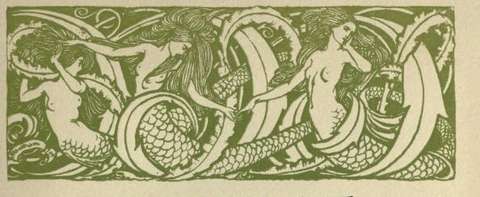

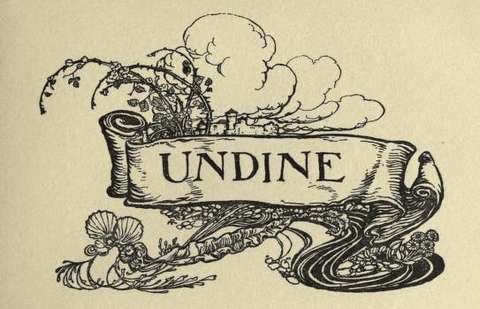
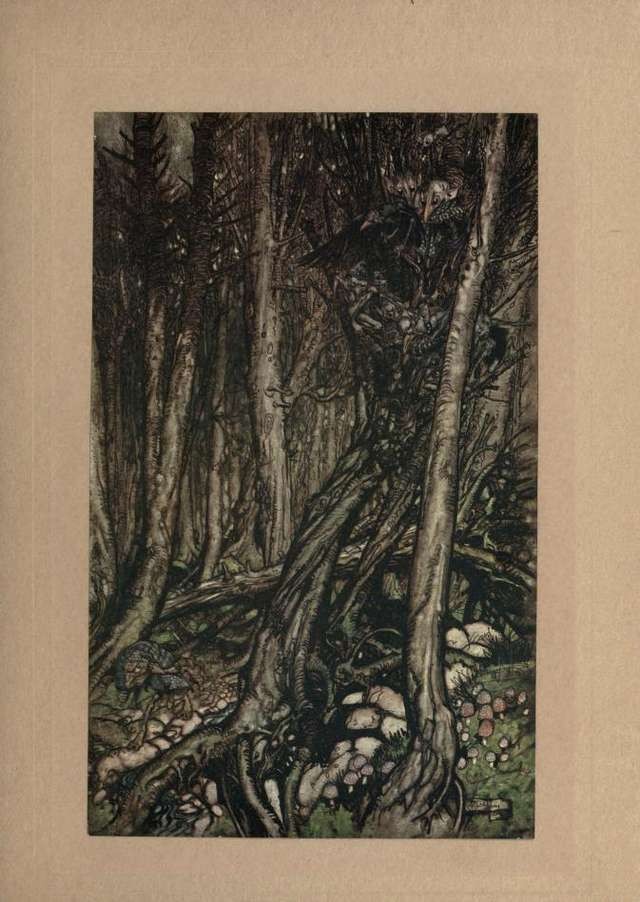


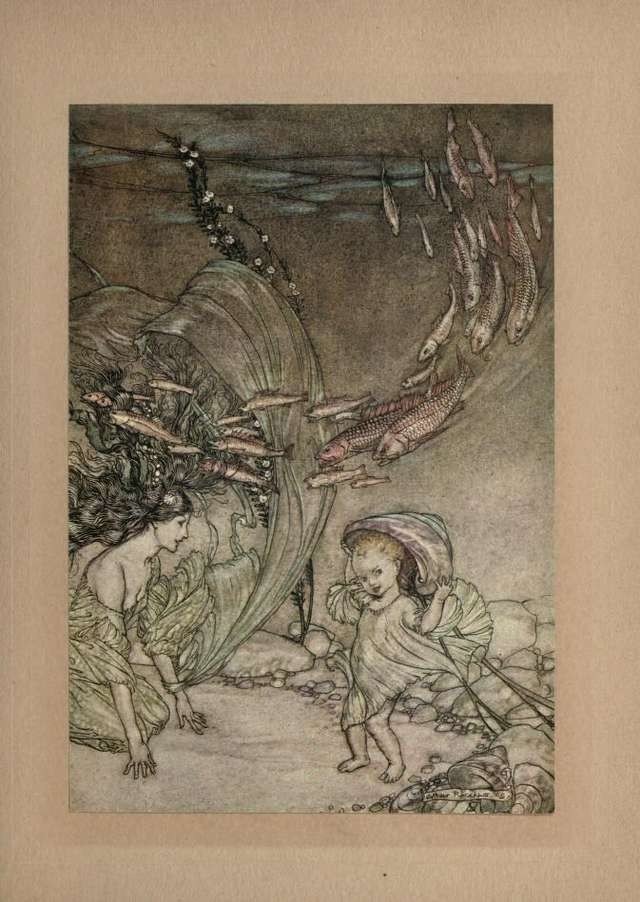
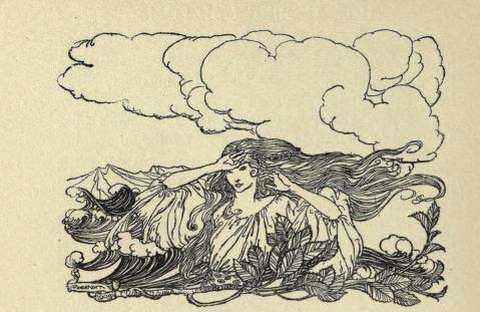

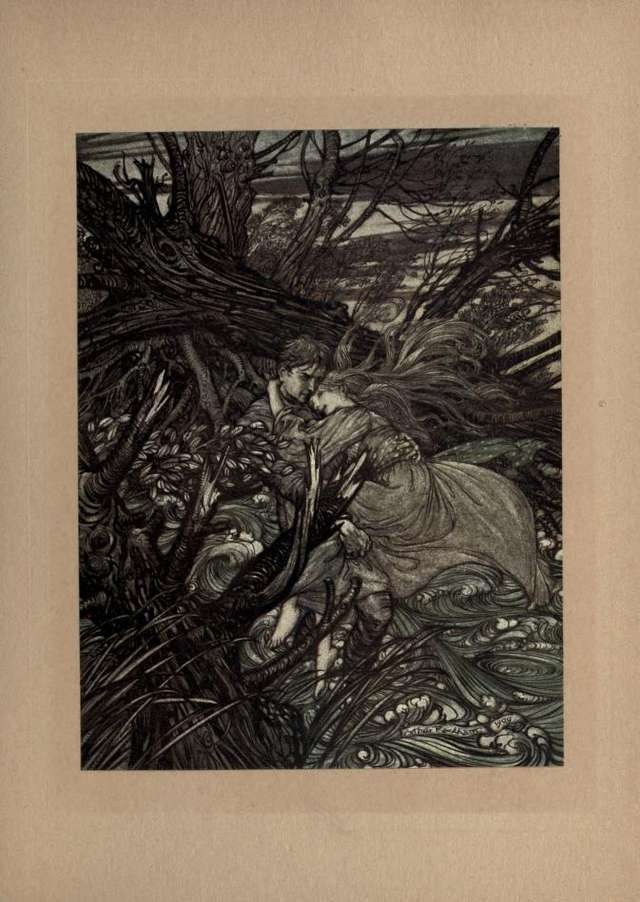

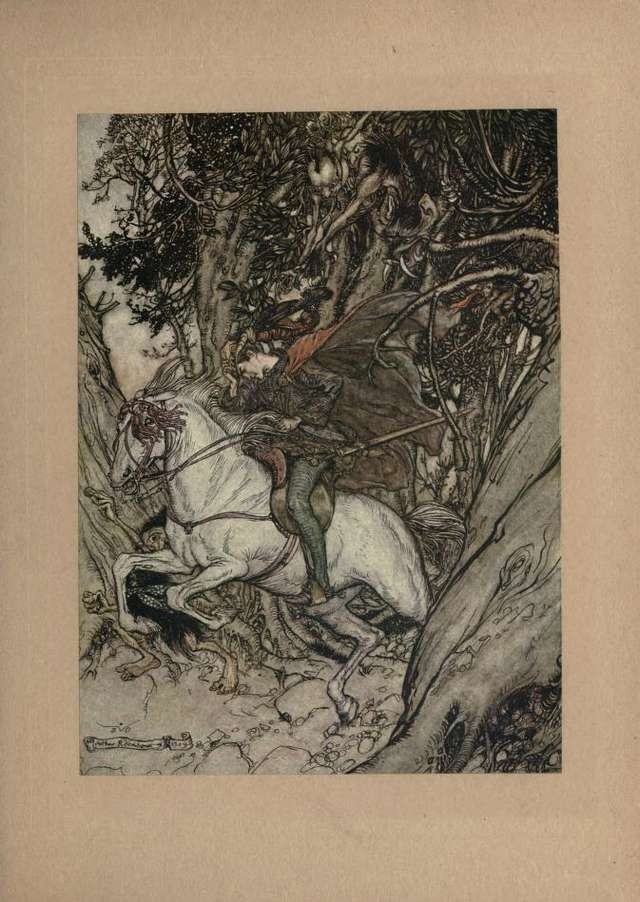

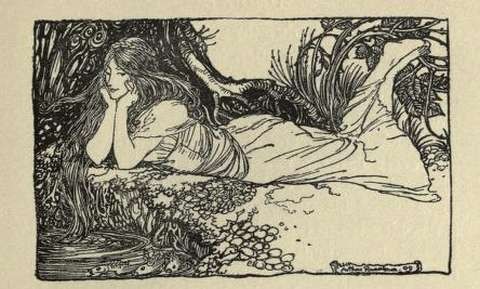
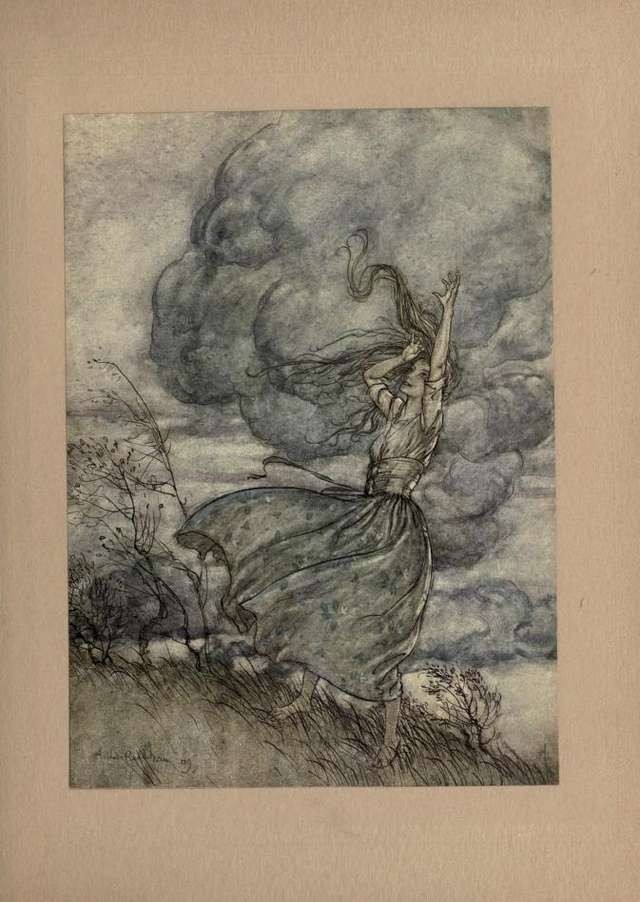

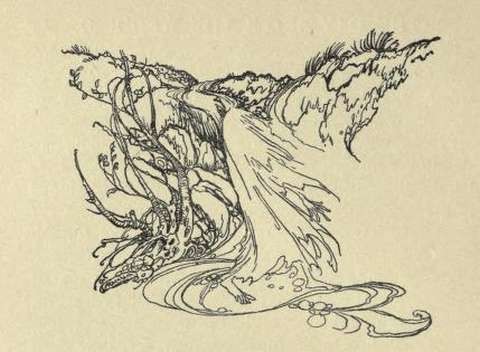

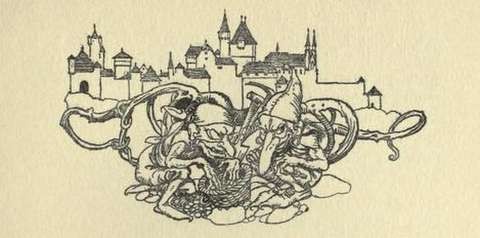





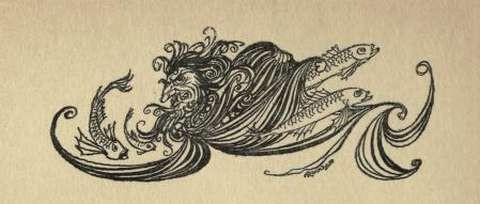

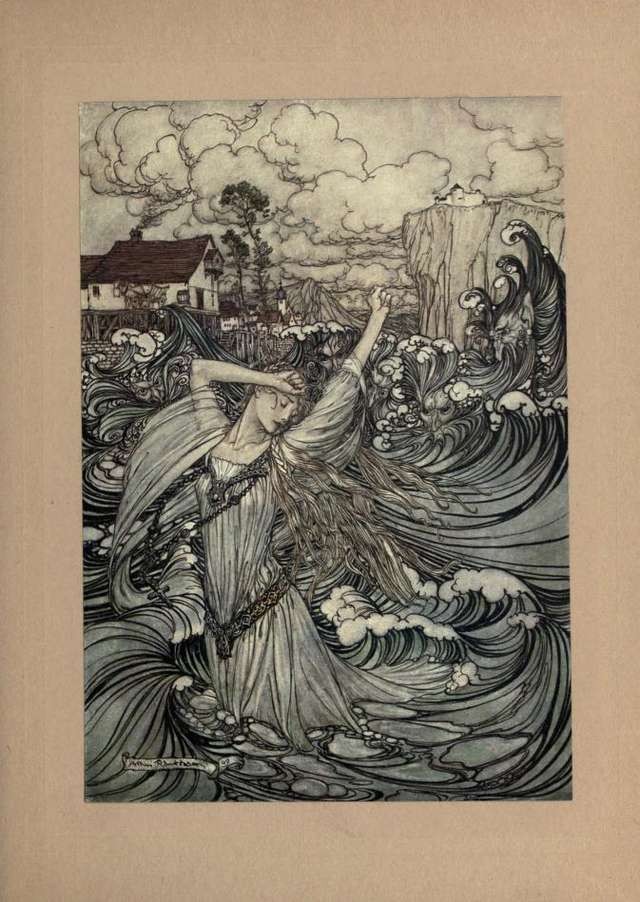

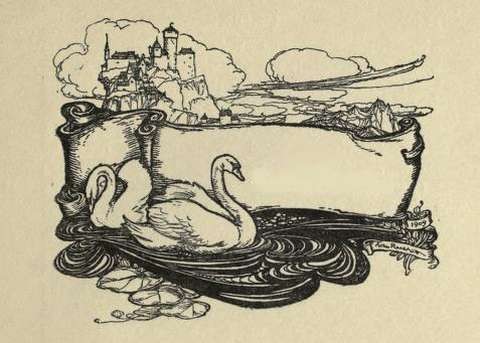
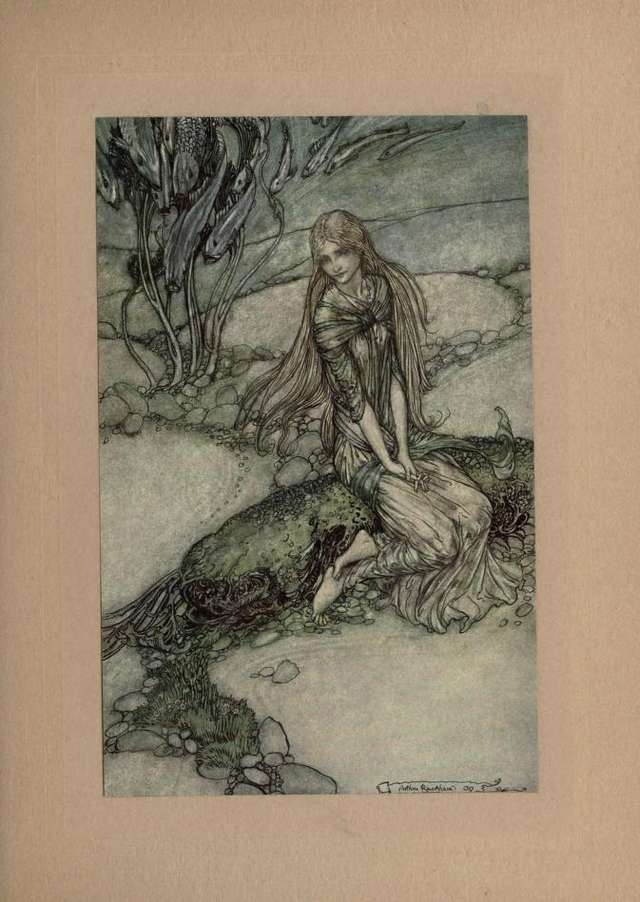
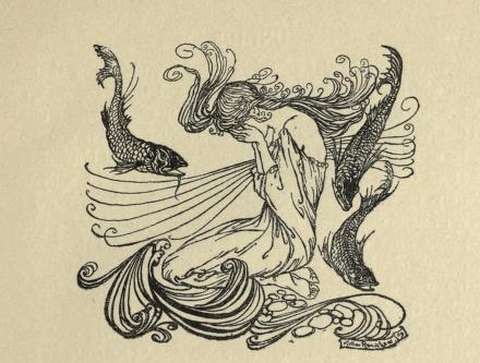

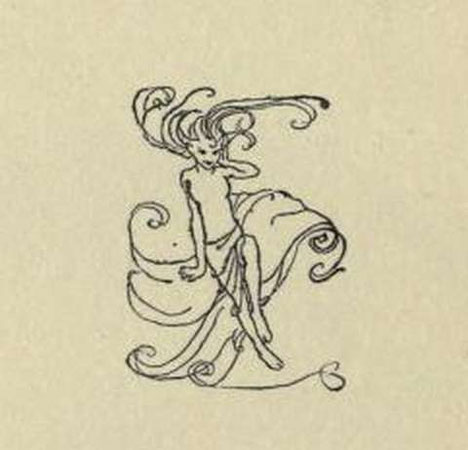
Illustrations of Undine from 1909 are perfect example of Arthur Rackham's mastery. We can see his superb line drawings with extremely developed sense for the details, but his true signature sign are colored illustrations with a lot of greenish and brownish tones, almost without red color and many fantastic creatures with strange limbs (including the trees) and foggy feeling, just perfect for presentation of scenes from parallel worlds.
If you want to find out more, here is a nice short and colorful article about Artur
Rackham and his illustrations.
Undine is definitely one of his masterpieces.
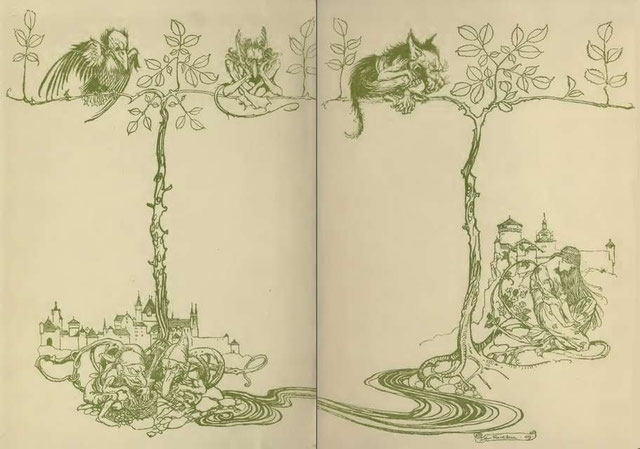
Undine inspired many artists. Next set of illustrations is a work of collaboration between Adalbert Mueller (1802-1879) who made drawings and August Gaber (1823-1894) who engraved them in wood. Mueller was also known as writer and Gaber was one of the the best engravers of his time, they say he was the favorite of Ludwig Richter.
The book was published in 1870.

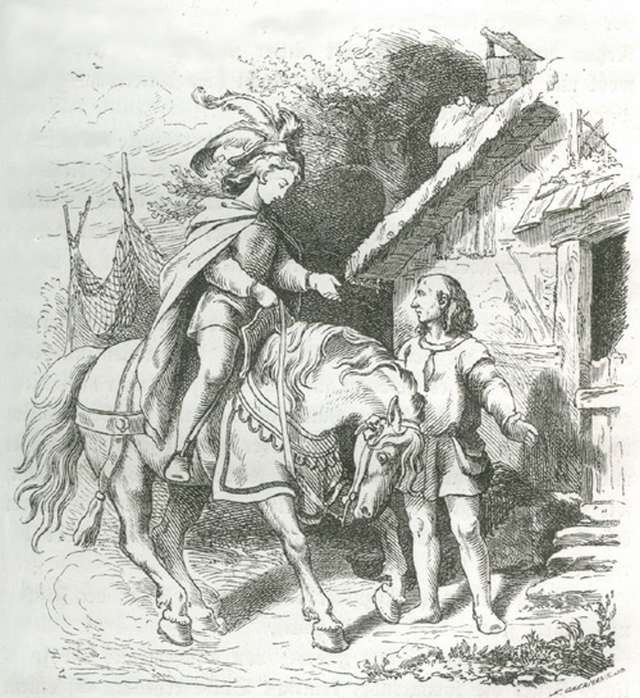

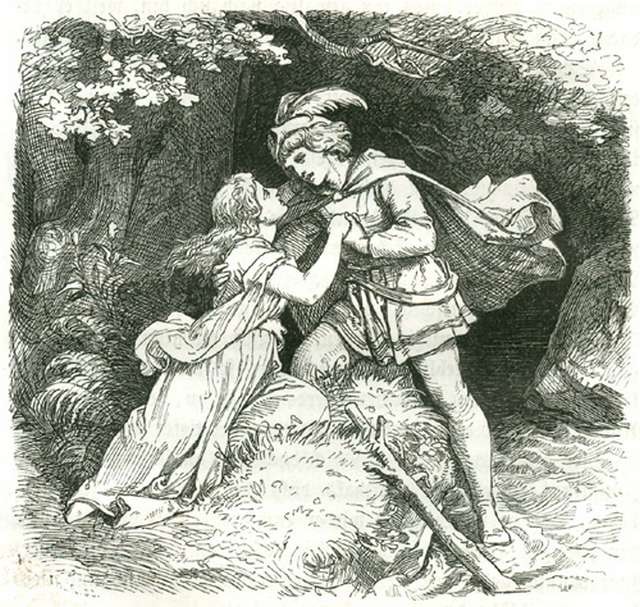
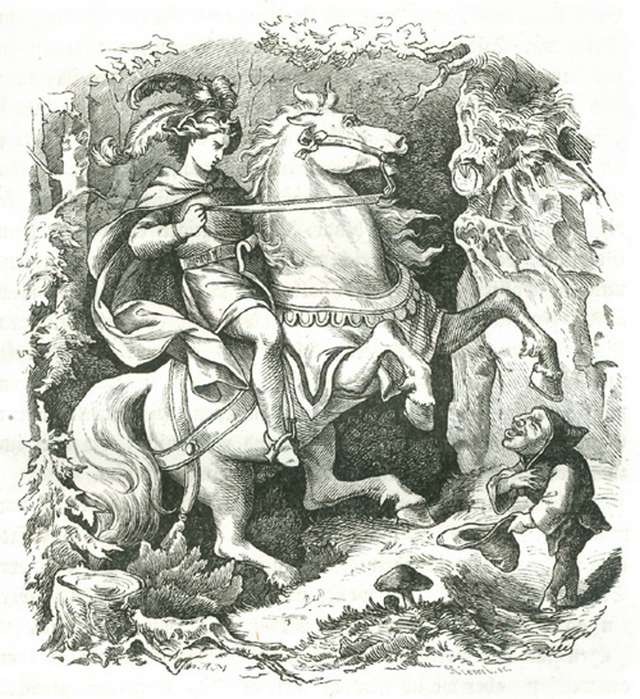
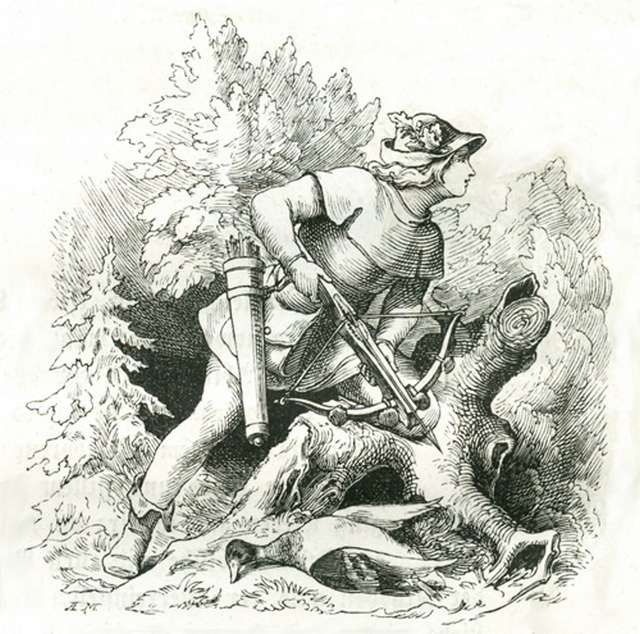




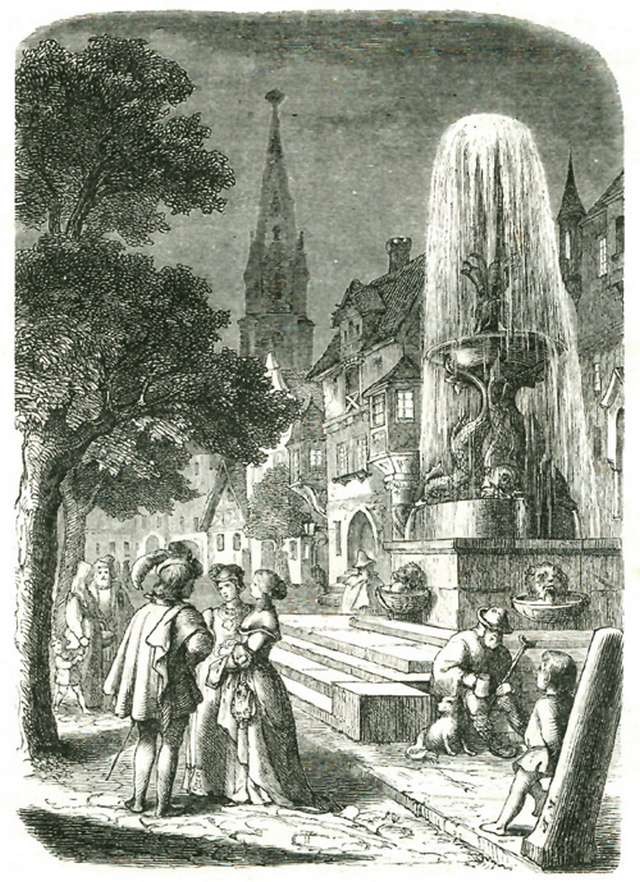





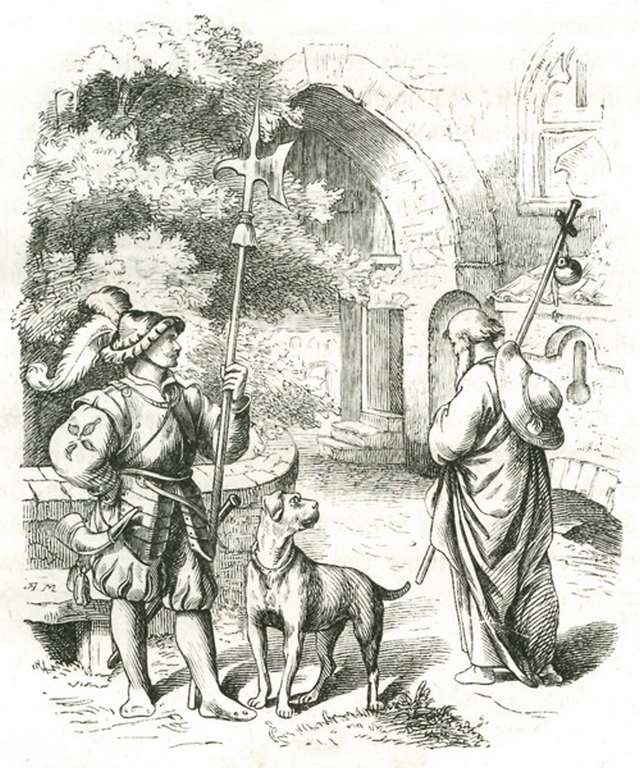

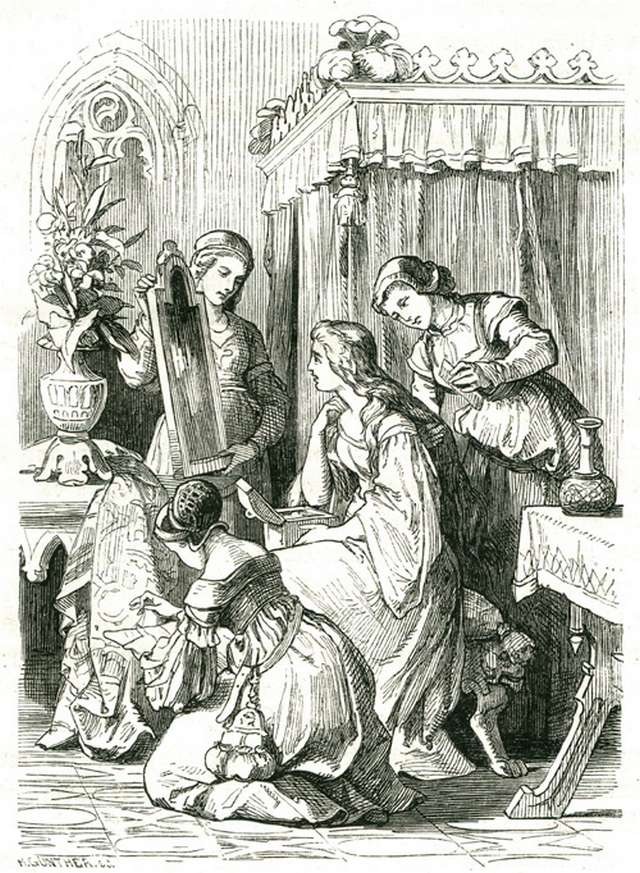
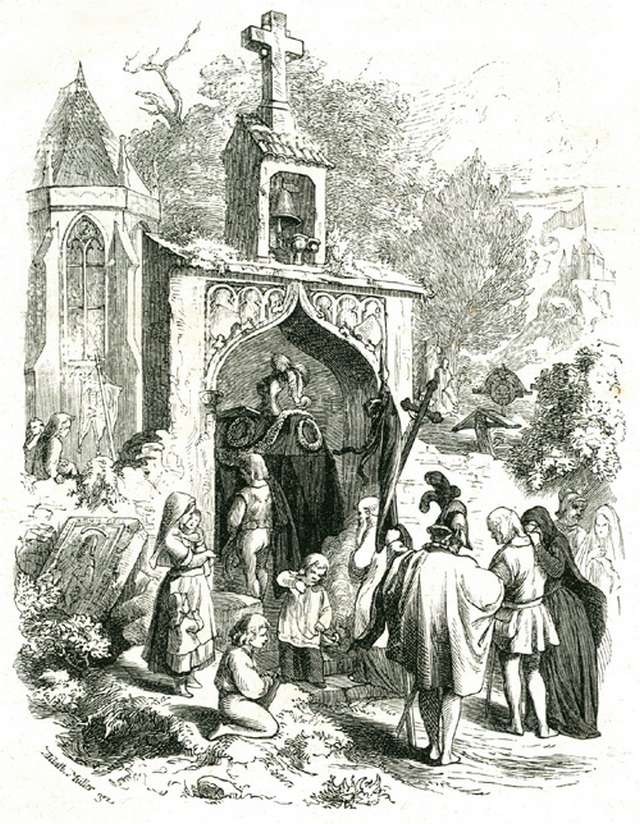

Undine was popular motif for paintings as well. It was one of first paintings of John William Waterhouse who was very fond of women by the water, possibly in some tragic circumstances.
You can find more of Waterhouse's work related to mermaids by clicking the image of Undine on the left.
Below are two paintings by Henry Fuseli, English painter of Swiss origin (born as Johann Heinrich Fussli).
The first (dated 1802) is watercolor combined with ink on cardboard and second (dated 1821) is oil on canvas.

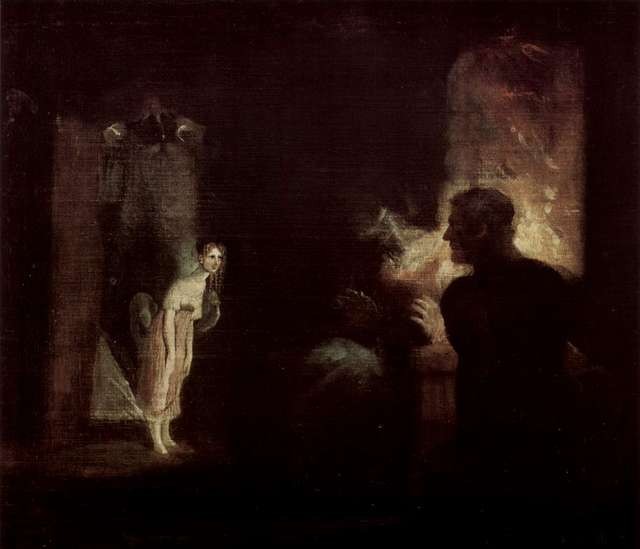
Next painting is signed by Daniel Maclise, Irish painter of Scottish origin (MacLish or McLeish), who was known by his historical paintings. The scene from Undine was painted by oil on canvas in 1845.

Paul Gauguin, leading Post-Impressionis used the theme of Undine for his picture originally titled Dans les vagues, ou Ondine (translated as In the Waves or Ondine). This oil on canvas was finished in 1889 and is displayed in Cleveland Museum of Art.

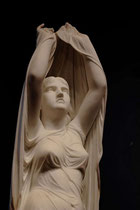
We have already seen how Undine inspired painters and illustrators. Sculptors love her too. She was especially suitable as decorating element of fountains,
On the left we can see marmor sculpture of Undine by Chauncey Bradley Ives, American Neo-Classicist from 19th century.
The exact date of work is not known, but experts estimate it between 1880 and 1884. It can be seen in Smithsonian American Art Museum in Washington. Below we can see the same sculpture of famous water nymph in full length - front and behind.
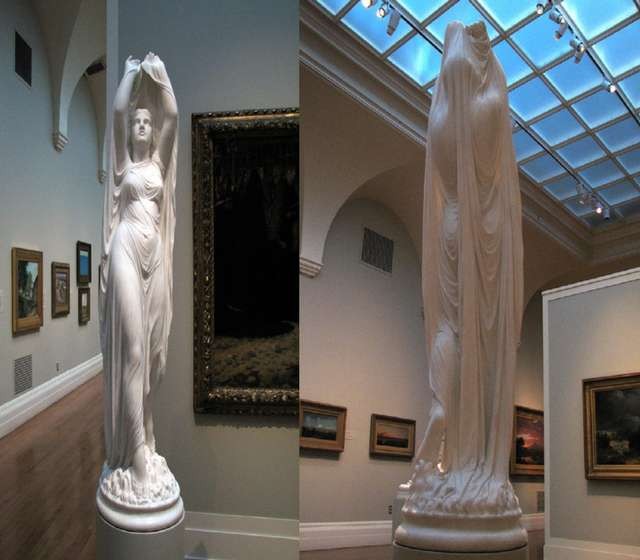
Undine (Ondina, Undina) inspired several musical masterpieces as well. Albert Lortzing, E. T. A. Hoffmann, Alexei Lvov, Pyotr Ilyich Tchaikovsky made operas, based on the story and several other composers used the plot to produce a ballet.
Bellow is the lithograph made by Adolph Jossifowitsch Charlemagne (1827-1901) after the stage performance in St. Petersburg in 1851. The composer was Cesare Pugni and the choreographer Jules Perot.
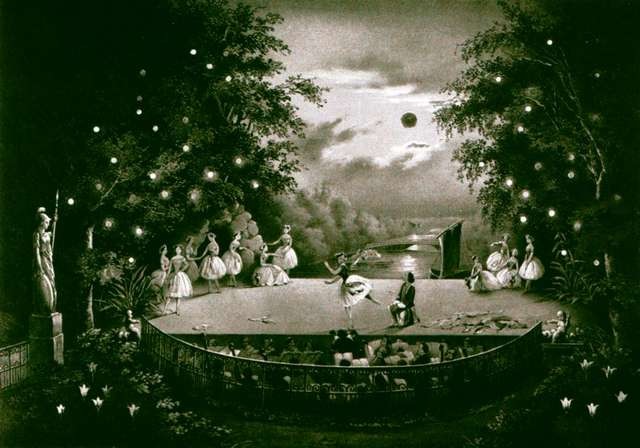
Next illustration is from the book but we couldn't find more details about the edition. It's only clear it was made by Rudolph Lehmann (1819-1905) in 1893.

 Fairy Land
The World of
Magical Creatures
Fairy Land
The World of
Magical Creatures